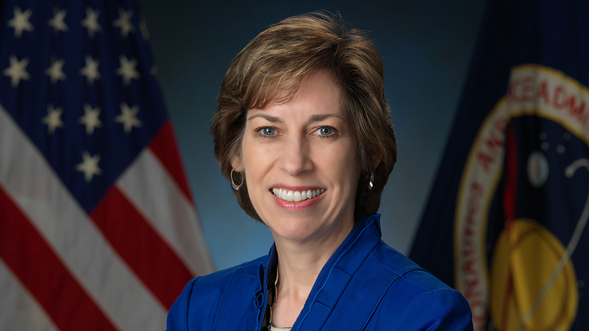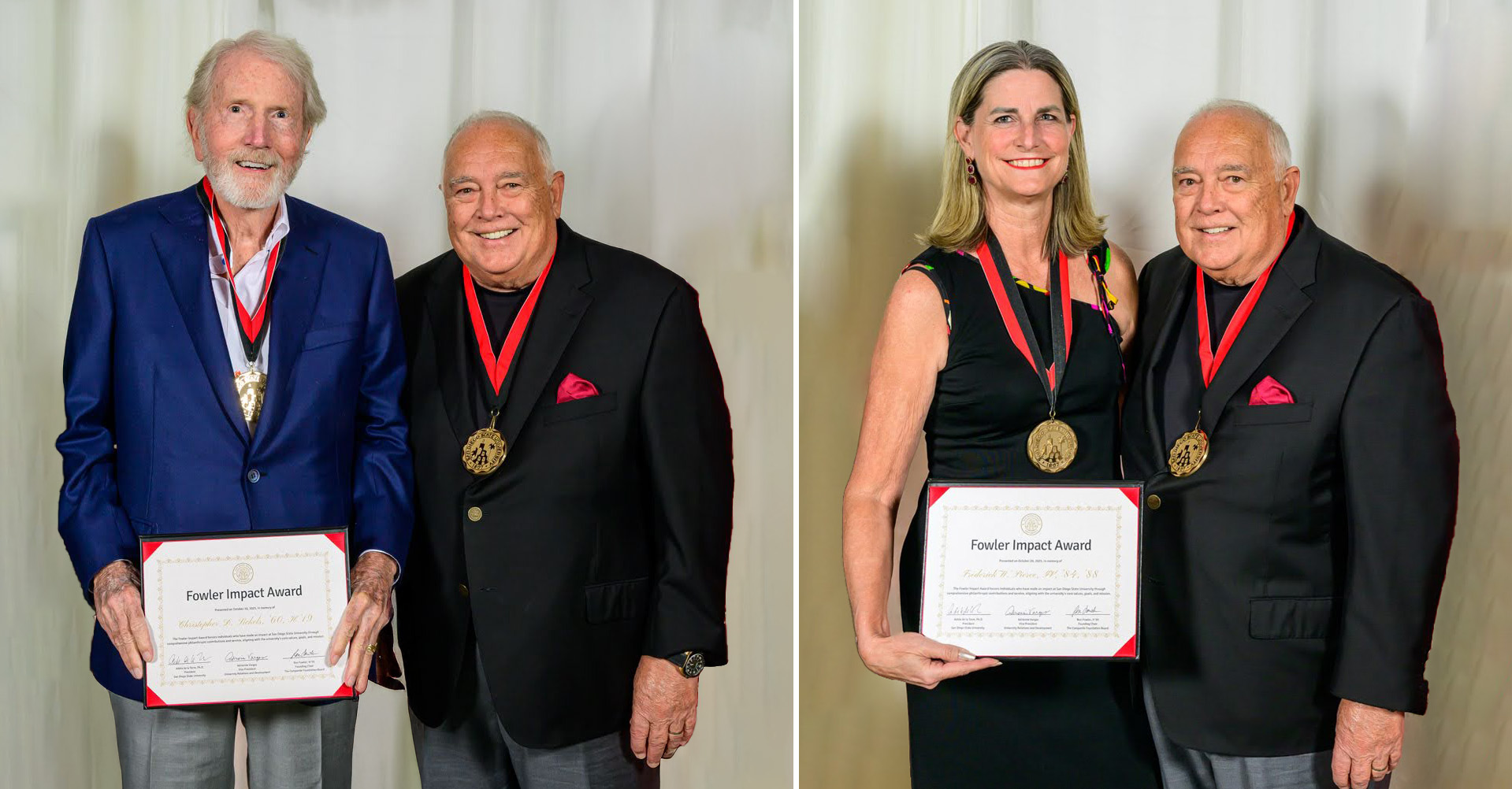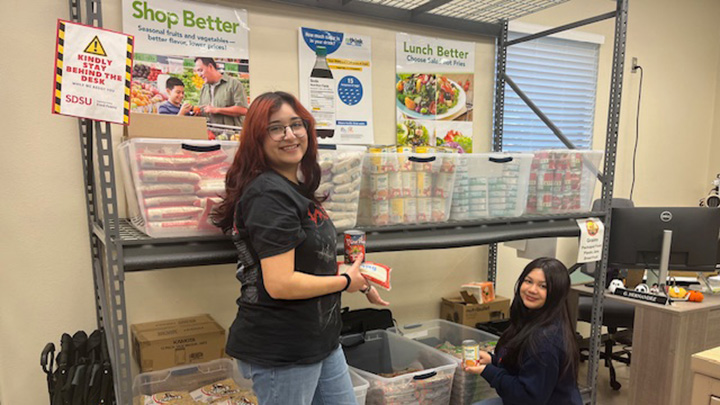From San Diego State to Space
SDSU alumna and veteran NASA astronaut Ellen Ochoa will deliver an address at the Presidents Lecture Series on Wednesday, Oct. 2.

San Diego State University alumna Ellen Ochoa (’80), the first Latinx woman to go to space and the former director of NASA’s Johnson Space Center, will deliver an address at the President’s Lecture Series on Wednesday, Oct. 2.
The event will take place from 2 to 3:30 p.m. in Montezuma Hall in the Conrad Prebys Aztec Student Union. The event is free and open to the public, but registration for the event is requested by Sept. 23.
During the event, the honorary degree of Doctor of Science will be conferred upon Ochoa in recognition of her extraordinary role in space exploration and her commitment to the scientific education of young people across the country.
Ochoa capped a 30-year career with NASA by serving for the last five as director of the Johnson Space Center in Houston, Texas. Supervising a workforce of 10,000, Ochoa was the first Latinx director of the Johnson Space Center and its second female leader. Ochoa graduated from SDSU with a degree in physics and later earned master’s and doctoral degrees in electrical engineering from Stanford University.
The SDSU News Team asked Ochoa about what this honor means to her and her time at SDSU.
You will be awarded an honorary doctorate by SDSU. What does this honor mean to you?
It’s an honor to be recognized by my alma mater! When I was at SDSU, I certainly didn’t imagine the trajectory my career would take, but SDSU provided me an opportunity to explore different fields and then offered a very solid foundation in physics and math when I eventually chose those subjects as my major and minor. That was really the key for doing well in graduate school and eventually in the astronaut corps. I’m excited about the opportunity to come back and speak about my journey.
Your lecture is titled "From San Diego State to Space." What do you hope members of the SDSU community take away from your lecture?
I hope that people are inspired about how education can lead to interesting and challenging careers. It certainly changed my life and gave me the opportunity to participate in something bigger than myself. And I’ll be showing a video from one of my missions, so people will be able to see for themselves what it’s like to live and work in space, and how NASA has developed a laboratory in space for science and engineering research.
As director of NASA's Johnson Space Center you emphasized diversity in the workforce. SDSU also places high importance on the values of diversity, equity and inclusion. Why are these values important to you?
It’s both an issue of effectiveness and also simply respect for all people. In order to be effective in accomplishing goals – in business, government or any organization’s mission – we need to utilize what everyone has to offer. If people don’t feel their ideas will be listened to or their work valued, then they stop contributing and we all lose out. Being open-minded and inclusive shows respect for people and encourages participation.
Who had the greatest impact on you during your time at SDSU? What are your favorite memories about your time at SDSU?
I remember a professor in the Electrical Engineering Department who discouraged me from selecting engineering as a major and professor Lester Skolil in the Physics Department who encouraged me to consider physics. Not too surprisingly, I ended up pursuing physics! I found the professors there supportive, and in particular, my senior project advisor, professor Jeff Davis, who really got me started on my career in optics research.
My other memories are of the music department. While I didn’t choose music as a major, I was able to play in the Wind Ensemble the whole time I was at SDSU, as well as be a Marching Aztec for my first two years. It was always a good respite from my science and math classes to be able to make music!
You have spent nearly 1,000 hours in orbit during your four space missions. When you think back to those missions, what do you remember and cherish most?
It was hugely rewarding to be part of a team that was working for the benefit of humanity – expanding scientific knowledge, supporting technology advancement, collaborating with international partners and inspiring people around the world. I specifically participated in studying the ozone hole and in assembling the International Space Station, which has now had people on board for 19 years, performing a wide variety of science and engineering research and development.


